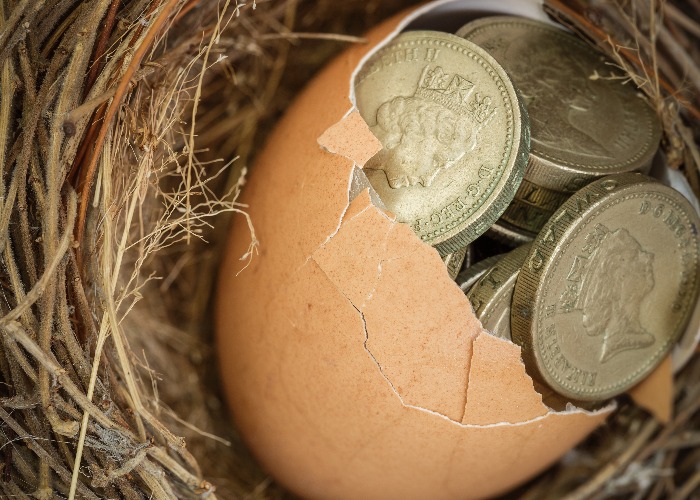How to calculate your real rate of return on investments and savings

Here’s everything you need to know about the real, or nominal, rate of return on savings and investments and how to calculate it.
Sections
What is the real rate of return?
The real rate of return is how much your savings or investments grow after inflation and other costs have been taken into account.
Why does inflation affect savings?
Inflation measures how much the price of everyday essentials is rising.
You need to factor it into your savings rate, as if you want your money to really grow it needs to deliver a return that is above the rate of inflation.
So, if you have £10,000 that has earned an interest rate of 1.5% a year over five years your balance will say you have £10,778.
But, if inflation has run at 2.3% over the same period, you would need £11,217 to buy the same as £10,000 would have bought five years earlier.
So, in terms of purchasing power your money is worth less at the end of the five year period than at the beginning.
Earn a top rate on your cash: compare savings accounts
How can I work out my real rate of return?
There are a number of online calculators that can help you work out what interest rate you need in order to keep your money growing above inflation.
In simple terms just take a look at what the current inflation rate is (you can find out here) then try to find a savings account, or investment, offering a return that is ahead of that.
So, inflation – as measured by the consumer price index – is currently 2.3%.
That means you need an investment or savings account paying more than 2.3% in order for your money to achieve real growth.
However, if you are looking at long-term savings you may want to consider hunting down an investment that pays a good step above inflation in order to protect yourself if inflation rises over the investment period.
Are returns taxable?
I’m afraid there is further bad news. It isn’t just inflation that can erode your savings returns. You also need to consider tax.
Unless your money is within an ISA any return is subject to income tax.
Basic-rate income taxpayers can make £1,000 in savings interest per tax year before income tax is due.
This is known as your Personal Savings Allowance.
Higher rate taxpayers get a £500 allowance, additional rate taxpayers get no allowance at all.
If you make more than your allowance in interest then you have to declare it and pay income tax at your marginal rate.
This could mean your real return on your savings is even smaller than you thought.
You can work out what interest rate you are really going to earn after tax using a simple calculation.
Basic rate taxpayers need to take the interest rate on their account and times it by 0.8 to find out the rate after tax.
Higher rate taxpayers times the interest rate by 0.6 and additional rate taxpayers 0.55.
So, assuming all interest is taxable, an account paying 2% interest is actually offering a 1.6% return for basic-rate taxpayers, 1.2% for higher-rate taxpayers and 1.1% for additional rate taxpayers.
That will tell you your return after tax, then you need to compare it with the inflation rate to see if your money is growing in real terms.
Comments
Be the first to comment
Do you want to comment on this article? You need to be signed in for this feature